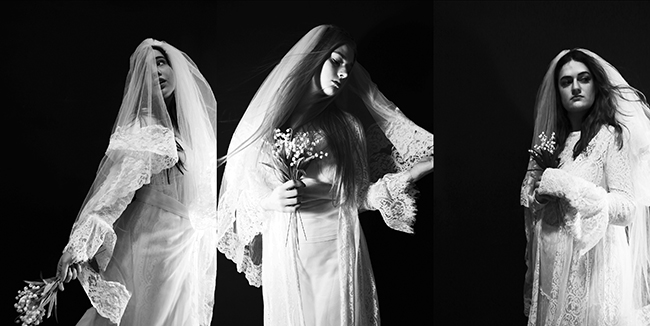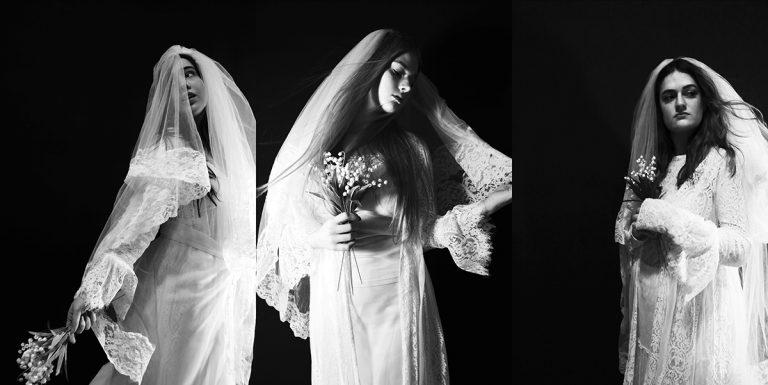Andréa Lobel is an artist based in the Netherlands. Educated partially at the Academy for Photography and the School of Arts and Design, Lobel has developed a unique artistic voice that seeks not just to capture images, but to converse with the viewer through a silent, yet incredibly potent, visual language.
Photography, as a medium, often straddles the fine line between reality and interpretation. For Lobel, the choice to engage in black and white photography is both a technique and a statement. Stripping color from life, Lobel seeks to remove any distractions from the viewer, focusing solely on the essence of the moment captured. This approach not only enhances the emotional gravity of each frame but also bestows a timeless quality upon them, leaving each piece feeling both historical and immediate.

Lobel’s work is characterized by a deep desire to communicate beyond words, which she finds insufficient to encapsulate the entirety of human experience. “At a certain point, I felt that words couldn’t express to a full extent what I observed,” Lobel explains. This realization has propelled her to use her camera as a tool for deeper exploration, where the limitations of language are surpassed by the profundity of visual storytelling.
Lily of the Valley
A wedding gown. Three women. A triptych of emotions, movement, and unspoken narratives.
Lily of the Valley is a project that speaks to the quiet, personal experience of being seen. It is about the relationship between fabric and flesh, about how clothing holds onto memories, and how an object as intimate as a wedding dress carries the weight of dreams, expectations, and history.
Lobel did not instruct the women. She allowed them to come as they were, to let the dress become theirs for the moment. Each of them brought something different. Some carried the weight of the gown lightly, others seemed burdened by it. Some wore it as if they were stepping into something familiar, while others held themselves back, uncertain, or perhaps hesitant to make it their own.
The lily, delicate and symbolic, is a motif that carries through the triptych. In one image, it is held close, as if it is a secret. In another, it is almost forgotten, blending into the white folds of the dress. The flower is an extension of the moment, a small but powerful reminder of purity, renewal, and the weight of traditions that can feel both comforting and restrictive.
The absence of color intensifies these emotions. There is no distraction, only shape, texture, light, and shadow. The gown, luminous in the darkness of the frame, becomes a landscape of its own. The women exist in relation to it, as if negotiating their place in its history. Lobel captures these negotiations in silence, allowing the images to speak where words fail.
This work is not just about a dress. It is about the passage of time. It is about the individual experience within something collective. A wedding gown is often seen as a singular object, but in Lily of the Valley, it becomes something more fluid. It shifts in meaning with each wearer. It holds one story and then another, changing subtly with each movement, each touch, each glance away from the camera.
Lobel’s approach is not to impose meaning but to invite it. The triptych does not tell the viewer what to feel, but instead opens a door. What does it mean to wear a wedding dress outside of its expected moment? What emotions surface when stepping into something meant to signify union, love, and permanence? Does it feel like a promise or a question?
There is restraint in the way Lobel presents these images. The sparseness of the composition, the quietness of the framing—it all lends to the feeling that these are moments on the verge of dissolving. The women are caught between states, between belonging and observing, between comfort and hesitation. The wedding gown, so often a marker of certainty, becomes a vessel for ambiguity.
Lily of the Valley is a meditation. On femininity. On ritual. On the quiet ways we hold onto things and the ways they, in turn, hold onto us.

